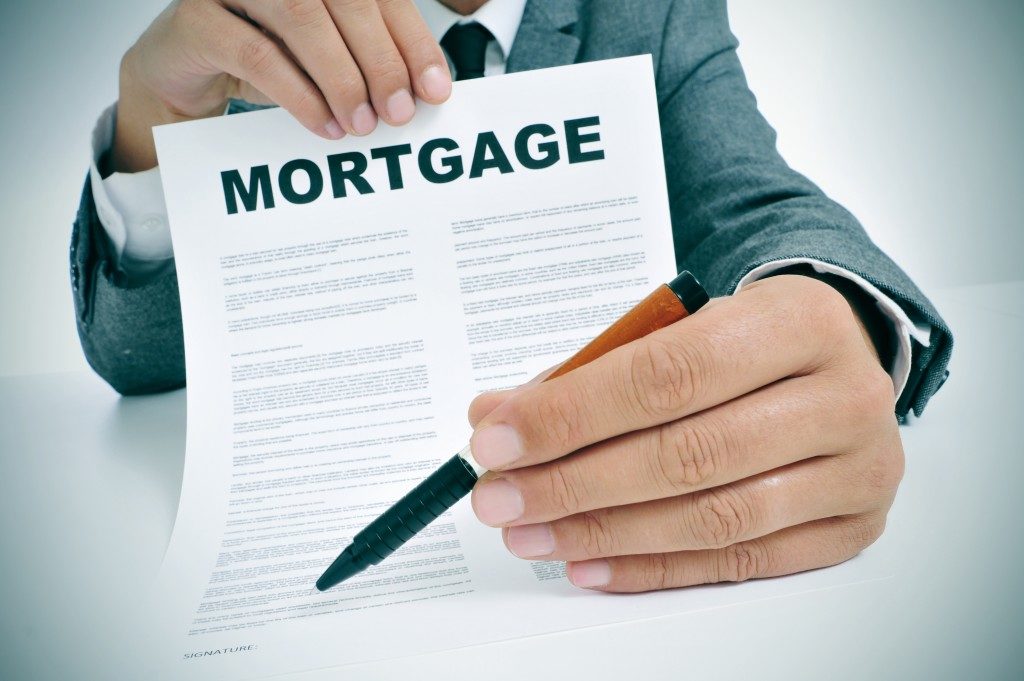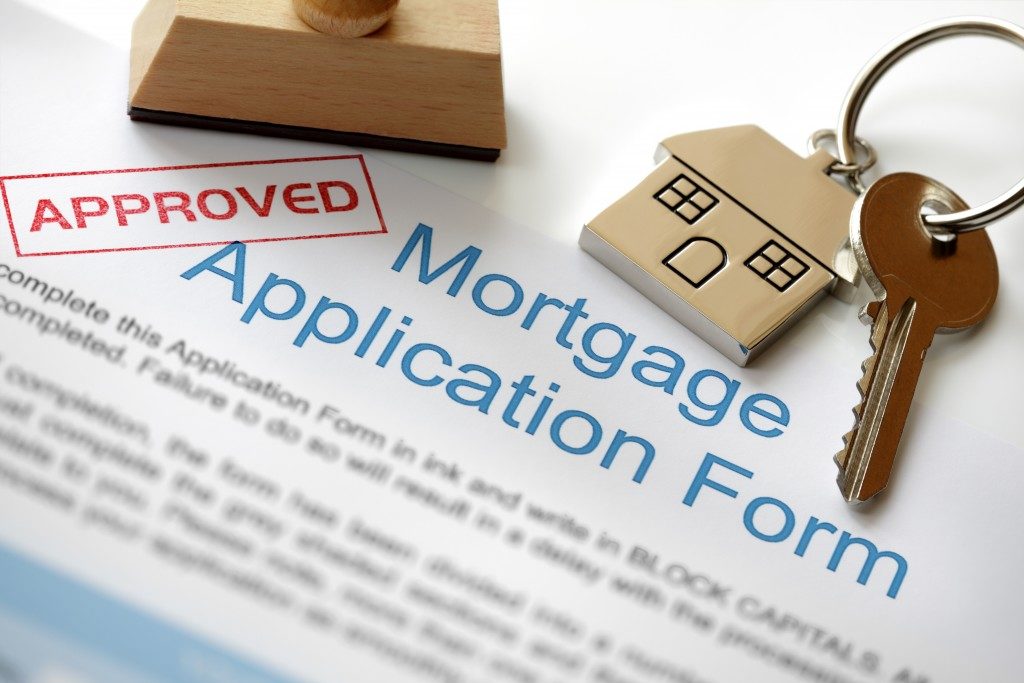Is it your first time to secure a home loan or a mortgage? It might be not only confusing but also overwhelming, especially if you need to deal with many packages, lenders, and terms. Worse, you might end up reading something misleading or false about home loans. That will prevent you from making the right call. You can avoid wrong financial decisions once you start dispelling these wrong ideas about mortgages:
1. FHA Loans Don’t Have a Credit Score
FHA loans, which are government-backed mortgages, do require a credit score. Your FICO score should be not less than 500 to 580 if you want to take advantage of the 3.5% down payment. Otherwise, the necessary down payment to secure an FHA loan increases to 10%.
2. It’s Hard to Apply for a Conventional Mortgage
The term “hard” is subjective. It depends on whether you qualify for the loan or have all the requirements at the ready. You might encounter challenges when you apply for a conventional mortgage. For example, it’s usual for lenders to require a significantly higher credit score, which is about 620 (which equates to excellent). The interest rates can also be higher, and if your down payment is below 20%, you have to secure private mortgage insurance (PMI).
What you might not be aware of is that a conventional mortgage in Albuquerque, for example, can already allow you to raise even 3% of the down payment as long you qualify for a Fannie Mae or a Freddie Mac.
3. Government-Backed Loans Don’t Need PMI

Some people back away from conventional loans to avoid PMI. In reality, government-backed credits also have one. An FHA loan, for instance, has a mortgage insurance premium. MIP works similarly as PMI. It is a form of assurance to the lender in case you default with your repayments. The way you pay them, however, varies significantly.
PMI kicks in as soon as you pay less than 20% down payment for the property. You get rid of it once you have already paid at least 80% of the mortgage balance based on the appraised value of the house. MIP, meanwhile, is more difficult to remove. It can even stay throughout the life of the loan unless you refinance it with a conventional mortgage.
If your down payment is more than 10% for a 30-year fixed-rate loan or 22% for a 15-year fixed-rate mortgage, you pay MIP annually for only 11 years. But it also means you need to pay it even if you’ve already reached 80% of the loan-to-value ratio. With MIP, you might also have to pay an upfront amount, as well as monthly premiums. PMI is usually a monthly payment.
4. Fixed-rate Loans Are Better
One of the benefits of fixed-rate loans is that you know how much to pay for your mortgage each month. The downside is you cannot take advantage of a decline in interest rates. Many mortgages these days are already hybrid, which means they start as fixed-rate home loans for about five years and then change to a variable rate for the remainder of the loan’s life.
Whether you apply for a conventional loan or a government-backed loan is your choice. It all depends on your circumstances, such as income level, the capacity to pay, and other expenses. What’s essential is you make the right decision, and it all begins by separating facts from misleading information.

